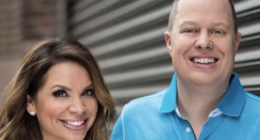In case you’re wondering how to get more attention for your Reels on Instagram, read this message from Head of Instagram Adam Mosseri…
Subscribe To The Talent Report On YouTube!
Reels is designed to entertain you. Much like Explore, the majority of what you see is from accounts you don’t follow. So we go through a very similar process where we first source reels we think you might like, and then order them based on how interesting we think they are to you.
With Reels, though, we’re specifically focused on what might entertain you. We survey people and ask whether they find a particular reel entertaining or funny, and learn from the feedback to get better at working out what will entertain people, with an eye towards smaller creators. The most important predictions we make are how likely you are to watch a reel all the way through, like it, say it was entertaining or funny, and go to the audio page (a proxy for whether or not you might be inspired to make your own reel.) The most important signals, roughly in order of importance, are:
-
Your activity. We look at things like which reels you’ve liked, commented on, and engaged with recently. These signals help us to understand what content might be relevant to you.
-
Your history of interacting with the person who posted. Like in Explore, it’s likely the video was made by someone you’ve never heard of, but if you have interacted with them that gives us a sense of how interested you might be in what they shared.
-
Information about the reel. These are signals about the content within the video such as the audio track, video understanding based on pixels and whole frames, as well as popularity.
-
Information about the person who posted. We consider popularity to help find compelling content from a wide array of people and give everyone a chance to find their audience.
The same Recommendation Guidelines that apply to Explore apply to reels. We also avoid recommending reels for other reasons, such as low-resolution or watermarked reels, or reels that focus on political issues or that are made by political figures, parties, or government officials – or on their behalf.

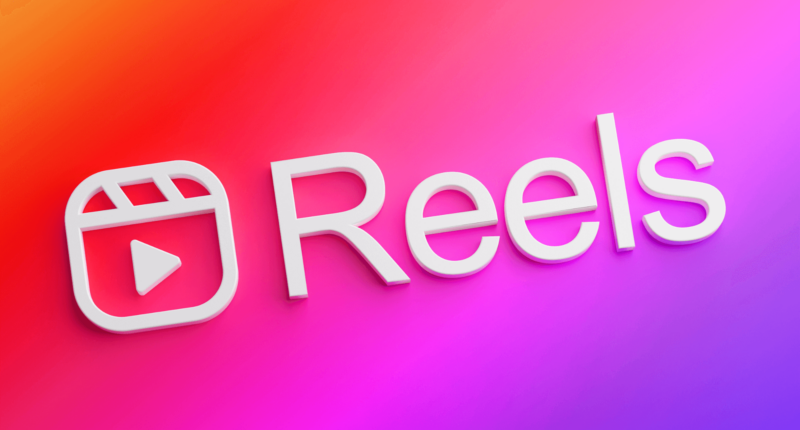
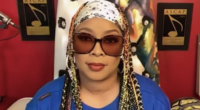
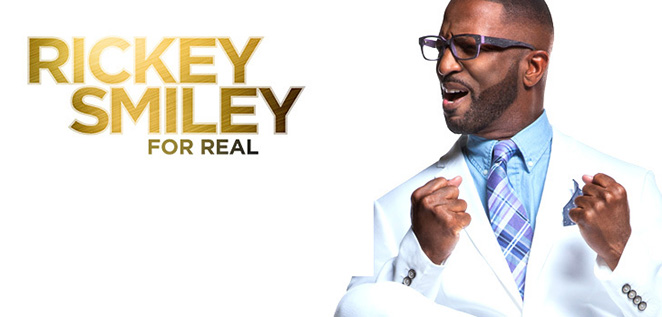 “Rickey Smiley For Real” Renewed For 3rd Season
“Rickey Smiley For Real” Renewed For 3rd Season Top 10 Syndicated Radio Facebook Influencers + Winning Content (July 2021) [VIDEO]
Top 10 Syndicated Radio Facebook Influencers + Winning Content (July 2021) [VIDEO]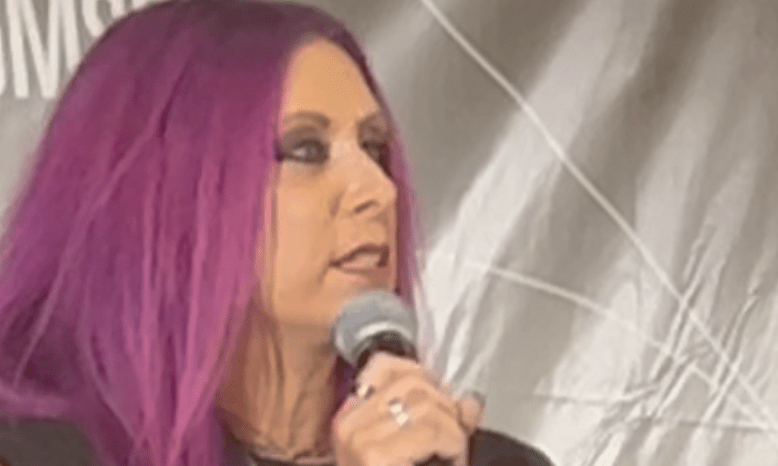 Mistress Carrie Explains How She Gambled On Herself After Losing Her Job [VIDEO]
Mistress Carrie Explains How She Gambled On Herself After Losing Her Job [VIDEO]


